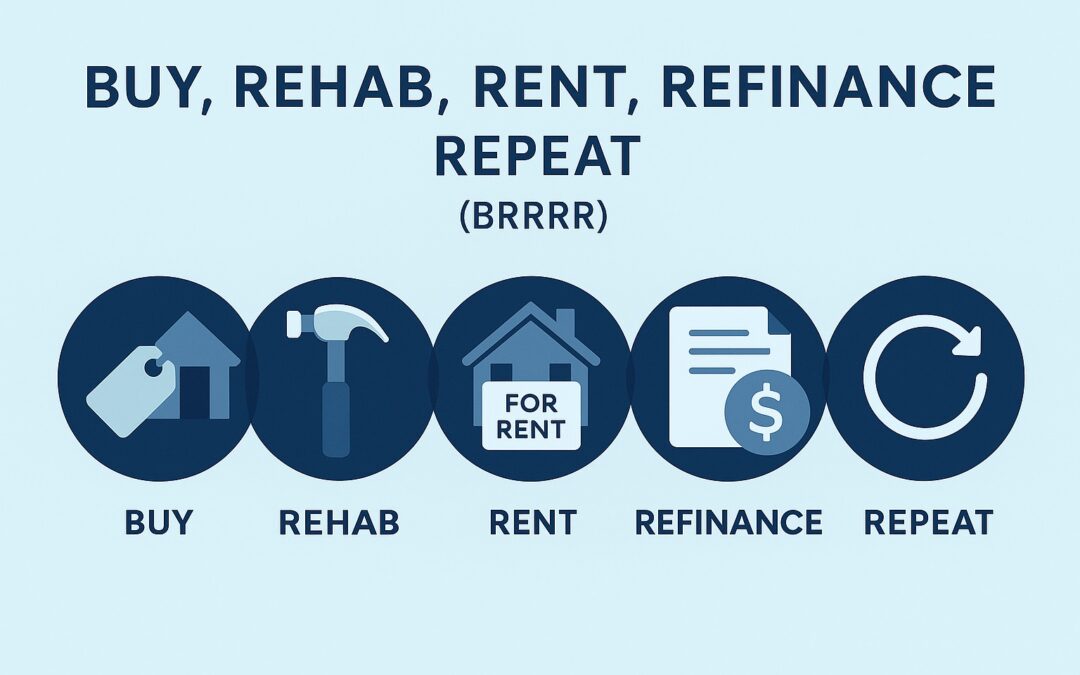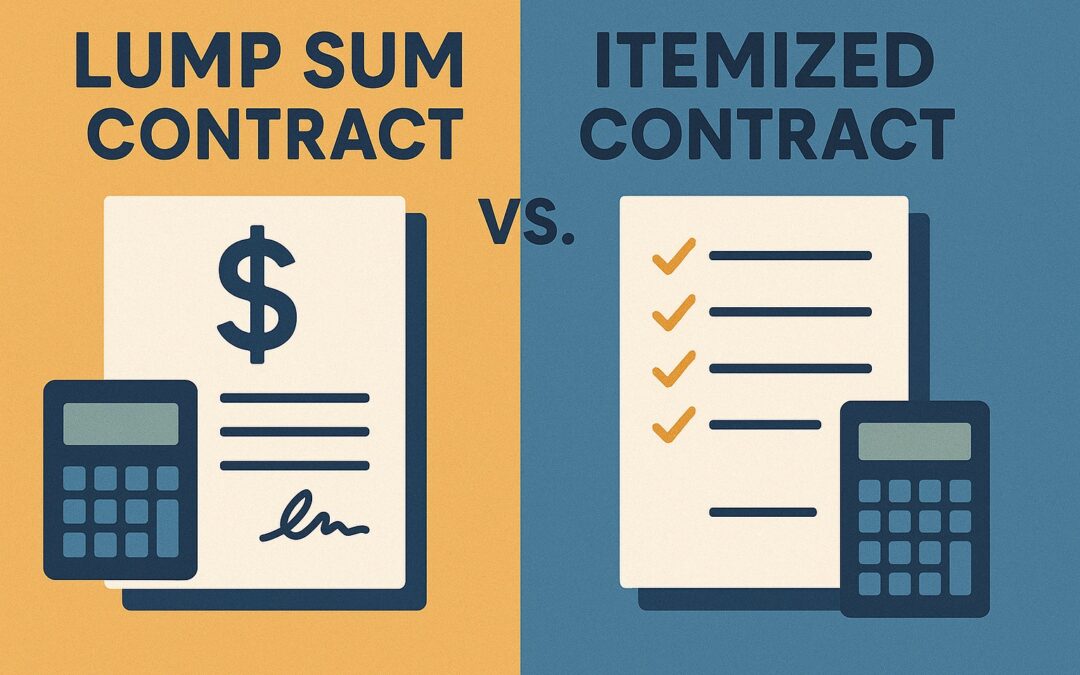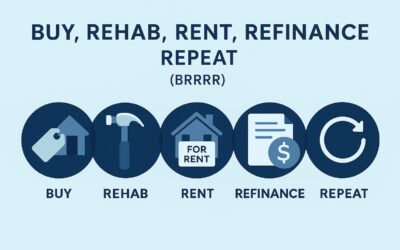Taking on a 203(k) renovation project is no small feat. If you’re planning to update or repair a home with a 203(k) loan, you might already know it can be a lengthy and complicated process. But just how challenging is it to navigate the complexities of a 203(k) renovation, and how can you make the journey smoother?
Much like the pioneers who ventured westward in search of a better life, homeowners and contractors face various challenges along the way. From understanding the process to managing expectations, every step can feel like navigating an unpredictable terrain. Today, we’ll explore the complexities of a 203(k) renovation and how you can prepare for a successful project.
Understanding the 203(k) Renovation Loan: An Overview
A 203(k) renovation loan, offered by the Federal Housing Administration (FHA), is designed to help homeowners finance the purchase and renovation of a home with a single mortgage. This loan allows individuals to borrow money not just for the home’s purchase but also for its improvements. While it sounds like a great option for fixing up a home, it involves more paperwork, planning, and patience than a typical mortgage. It’s a journey filled with both potential and pitfalls, which is why understanding the common complexities can set you up for success.
The History of Wagon Trains
Long ago, families in the US decided to change their lives. They sold everything they had, got a wagon, and set out on a journey to the West from different states in search of a better life. Every family got a wagon, and they formed a wagon train. What exactly was a wagon train? It was a group of covered wagons, usually around 100 of them. These carried people and their supplies to the West before there was a transcontinental railroad.
The wagon held all the stuff the family needed for their trip and to set up their new home. It was like their main house during the journey, but they didn’t always ride in it. Instead, they often walked beside it to help the animals pulling it, like oxen and horses, so it wasn’t too hard for them.
Complexities of a 203(k) Renovation and Traveling Westward
Traveling westward was no walk in the park. They had to deal with problems like food shortage, disease, and losing their lives and belongings. This journey took a long time, anywhere between four to eight months, and they went through a lot together.
Just like the challenges faced by wagon trains, those going through the 203(k) renovation encounter hurdles. In the past, westward travelers faced unpredictable terrain and fickle weather; now, 203(k) projects encounter unexpected costs, material delays, and unforeseen structural issues.
The Role of a 203(k) Contractor: Your Guide Through the Process
One of the key complexities of a 203(k) renovation is the need for expert guidance. Much like how pioneers hired guides to help them navigate unknown territories, homeowners embarking on a 203(k) renovation must work with qualified contractors. These contractors are not just builders, they’re navigators of the complex regulatory and financial processes that come with 203(k) loans.
A good contractor ensures that the renovation meets both the expectations of the homeowner and the requirements of the lender. They handle everything from inspections and permits to scheduling and budgeting. Without proper guidance, the renovation journey could quickly derail.
The Importance of Documentation
When families and friends traveled together in wagon trains, they didn’t need written contracts because they knew each other. But in larger groups with strangers, they had formal contracts, like rules for their journey, and leaders elected by them.
Similarly, whether you’re a homeowner or a contractor in a 203(k) project, don’t forget about the importance of documentation. Oral agreements can be forgotten or changed, so writing everything down helps avoid future problems. Always read and understand documents before signing!
Here’s an example: We installed a gas line as the client requested for a gas stove. Later, the client wanted an electric stove and claimed we had made a mistake. Luckily, our documentation showed that they initially asked for a gas stove, saving us from trouble. Although we made that adjustment to satisfy our client, without that document, we could have been in trouble.
The Client’s Selective Memory Problem
Wagon train passengers started their journey with excitement, thinking it would be easy, but when they faced difficulties like losing their kids and belongings, things weren’t as they expected.
Similarly, in 203(k) renovation projects, clients are enthusiastic at the beginning, wanting everything. However, after receiving cost estimates, they realize they can’t afford it all and start removing items from the estimate.
This estimate is then submitted to the lender for settlement. Closing the loan typically takes about 30 to 45 days, after which the process of obtaining permits begins. So, there’s a span of a couple of months between deciding on the estimate and starting the renovation. Now, here’s the challenging part – the contractor has to remind the client that some items were removed from the estimate. This can be tricky as the client might have forgotten and start insisting, “I told you I want this task to be done.”
This is when Construction Managers need to be patient and explain things to them. Homeowners also need to be reasonable and accept the consequences of their own decisions!
Managing Expectations
Just like pioneers who, upon reaching their destination, might forget the hardships of the journey, clients sometimes overlook the complexities of a 203(k) renovation process. They might focus on minor inconveniences while neglecting the major hurdles overcome by the contractor. This is where clear documentation and open communication become vital once again.
Here’s a story: We got all the approvals needed for renovation, but later, the client decided they wanted the steps to the building to face a different way. This change should have been mentioned before getting all the approvals. We didn’t say yes or no right away; we thought we could check with the city inspector to see if it was okay to change the steps without more paperwork. Unfortunately, the inspector said we needed more plans and letters, which meant more money for the client. But the client insisted that we promised to fix it without extra costs, which we didn’t.
This example shows how, like pioneers forgetting the hard journey, clients might focus on small details without realizing the extra work and cost it can bring.
The Unexpected Costs and Delays of 203(k) Renovations
One of the most significant challenges in a 203(k) renovation is the unpredictability of costs. Unforeseen issues like hidden water damage, outdated electrical systems, or structural problems can cause budgets to balloon unexpectedly. This is similar to the surprise setbacks pioneers experienced when crossing unpredictable terrains.
To prepare for these challenges, it’s essential to set aside a contingency fund for unexpected expenses. By working with a knowledgeable contractor and having a flexible plan, homeowners can weather these storms. However, even with contingency planning, renovations can still feel like a rocky journey.
Navigating Permit Processes and Local Regulations
Just as pioneers had to navigate the various landscapes and challenges of different states, renovators must deal with the complexities of local building codes, permits, and regulations. The 203(k) renovation process requires extensive paperwork, and understanding the ins and outs of local requirements is vital to avoid delays.
While the FHA and the lender are typically involved in the approval process, each local government has its own set of rules and regulations. For example, changes to the home’s structure may require additional permits, and failing to secure these can halt the project entirely. Navigating these regulatory waters is another challenge renovators must tackle head-on.
Conclusion
No journey is without its share of hardships. Wagon trains faced illness, food shortages, and even attacks. Similarly, 203(k) renovations can encounter unexpected costs, material delays, and unforeseen structural issues. These moments can test the patience of even the most seasoned traveler, but remember, a good contractor, like a seasoned trail guide, can navigate these challenges with experience and resourcefulness.
Clients, the “passengers” on this journey, need to trust the contractor’s expertise and navigate expectations realistically. Contractors, the “trail leaders,” must communicate openly, manage expectations effectively, and prioritize client satisfaction. Let us know if you enjoyed this article in the comments below. Happy renovating!




![A Comprehensive Guide to the Hierarchy of Using Building Codes in Philadelphia [2025]](https://matrixgc.com/wp-content/uploads/2025/04/Using-Building-Codes-in-Philadelphia-blog-article-1080x675.jpg)



0 Comments